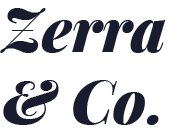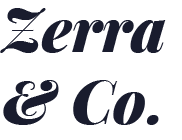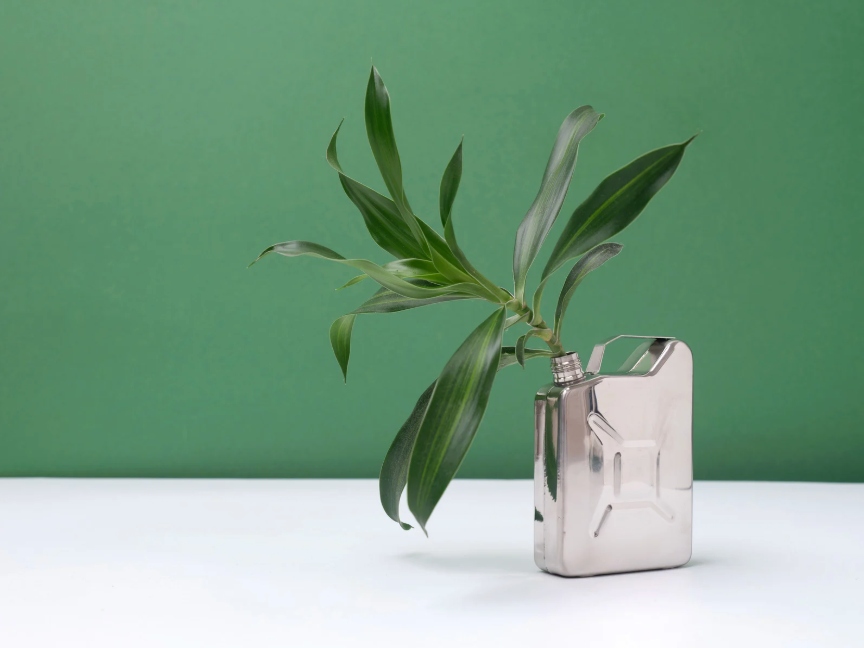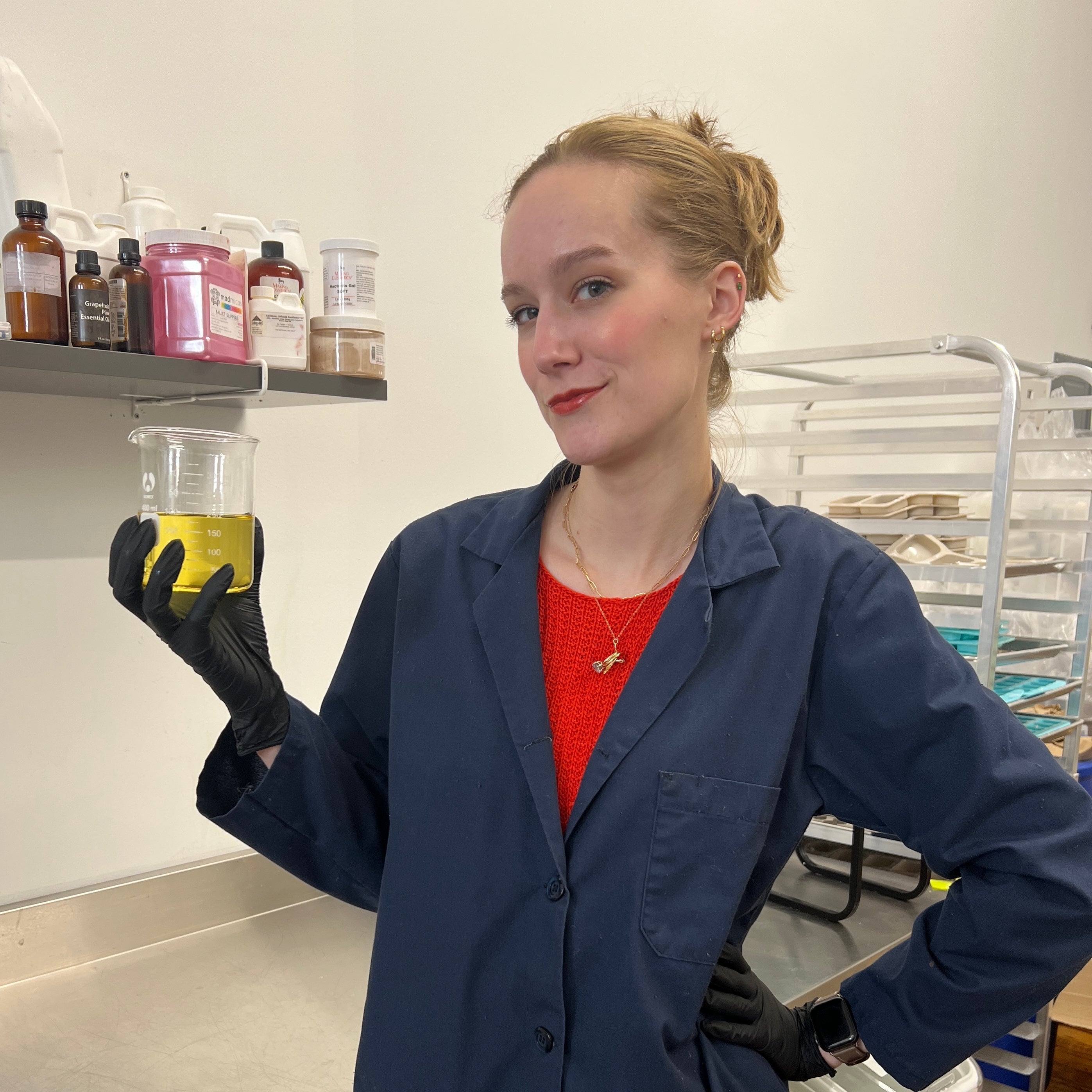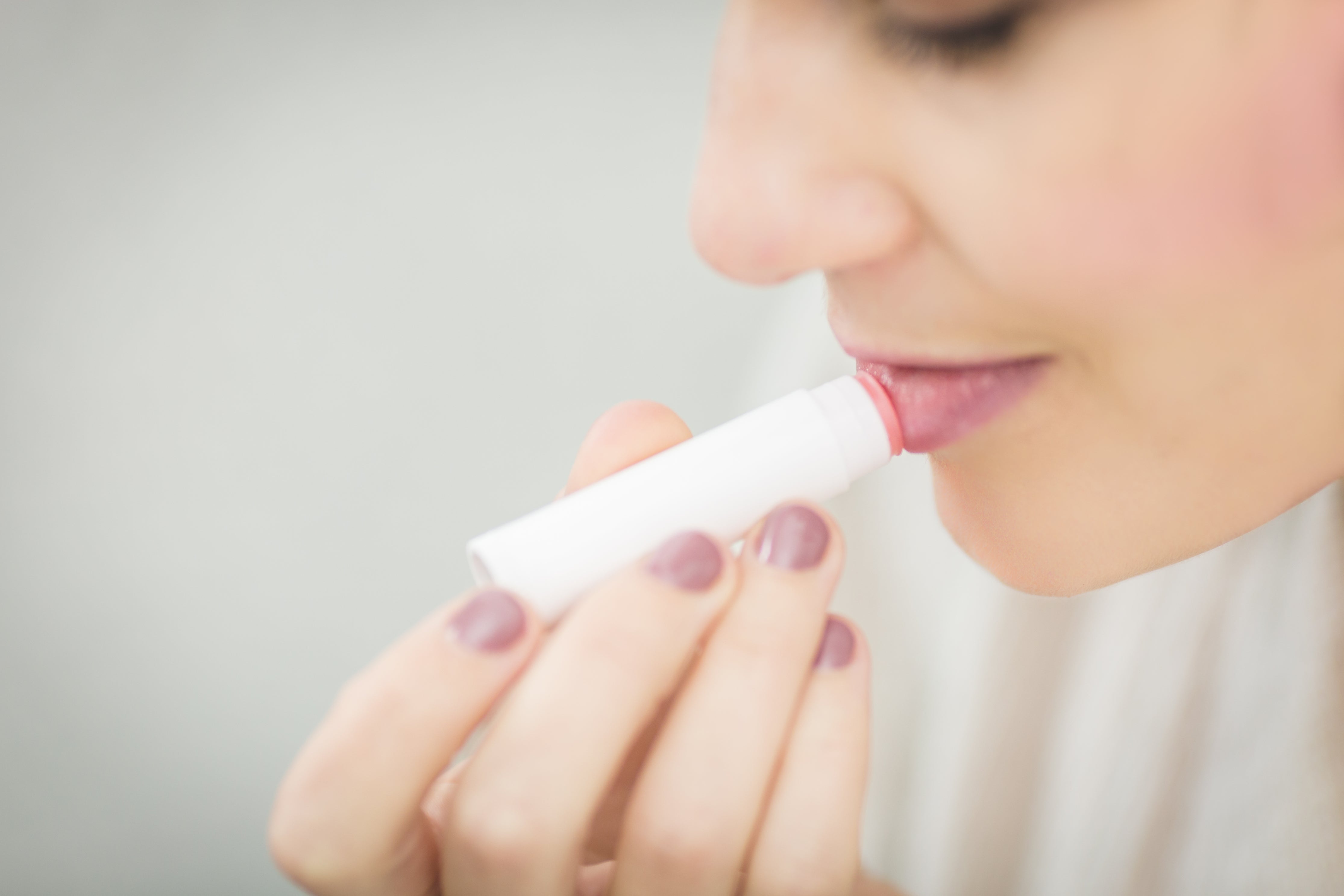It’s In Here Because It’s Safe to Use: Titanium Dioxide & Fearmongering When Misinterpreting Science
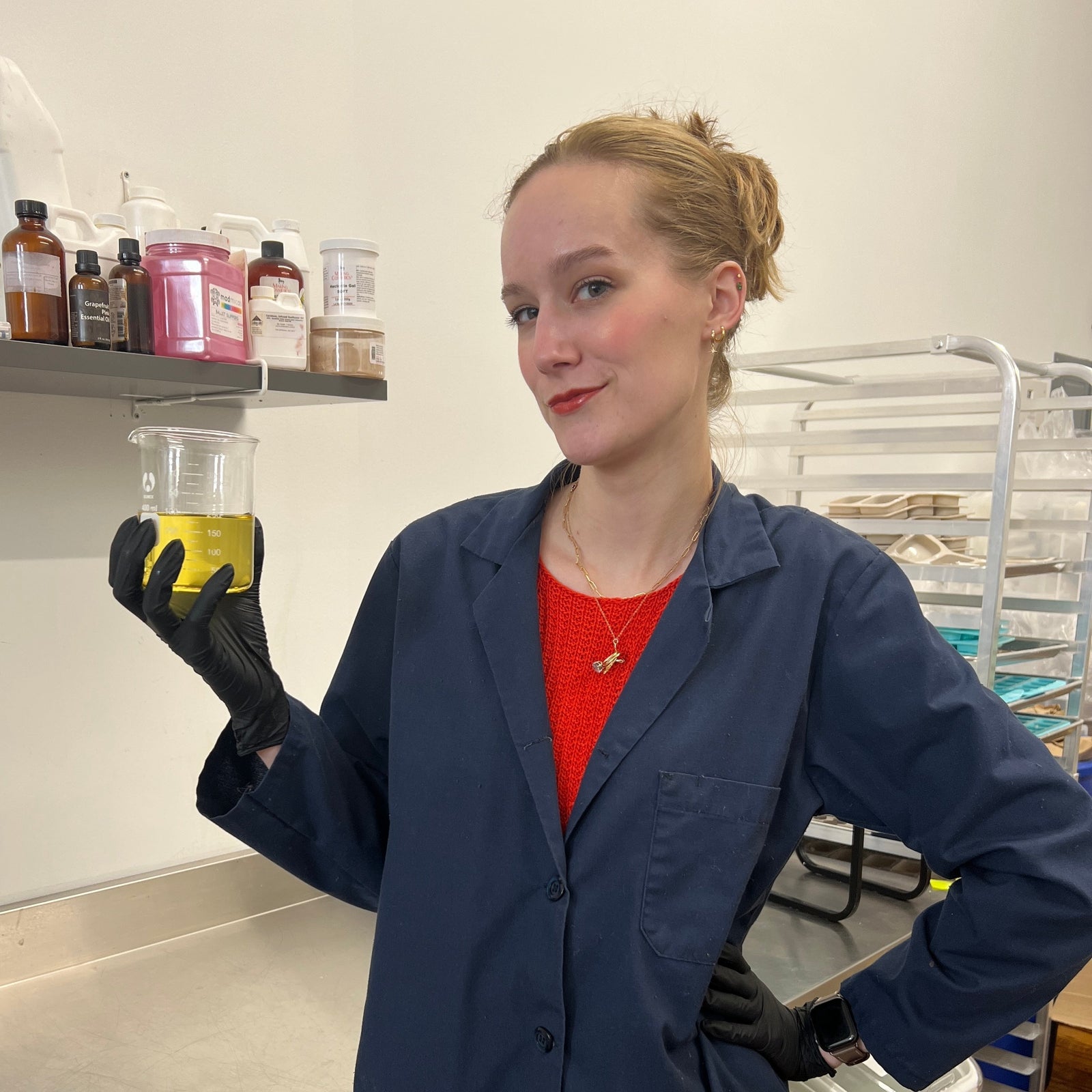
By Hailey Graef
Founder & Formulator
Lots of ingredients to keep track of these days… in our food, water, drinks, cosmetics, skincare…
And LOTS of misinformation.
There are some groups out here spreading panic about titanium dioxide (among other things), a super common ingredient in food products, creams, sunscreens, and beauty products including some of Zerra’s.
And it’s not safe just because it’s commonly used… it’s safe because the actual research shows it’s safe.
Meanwhile, lawmakers in Texas just voted to add warning labels to products that include it.
Want the TL;DR on titanium dioxide? It’s being used safely in your products.
Btw, are microplastics safe? We have many, many good studies and researchers coming to the same conclusions on them– it’s not looking great (we’ve got more useful info about microplastics for you too). But microplastics are flowing freely in our food and water supply and are ubiquitous in consumer products… and not a peep from powerful lawmakers on that front.
Let’s ignore who’s selectively fearmongering, and look at some scientific facts! No better time than right now to feel calm, secure, and informed about what goes in and on your body.
🔲 What is titanium dioxide, and why is it in my food and personal care products?
It’s a mineral that naturally occurs in the environment, as a combination of titanium and oxygen.
Because it’s not soluble in water, titanium dioxide is a really useful addition to foods or consumables, and skincare products– it won’t dissolve into them.

Its natural opaque white color changes the product’s color or opacity as desired. For example, it’s like painting on a white canvas; you use a solid white backdrop to help all the colors really show up and pop. So, titanium dioxide is often included to create a bright candy hue, color a pharmaceutical pill’s coating, or tint a rainbow of makeup shades.
Titanium dioxide is added in blushes, lip glosses, lipsticks, you name it.

And you won’t be surprised to hear that an opaque white mineral is ALSO excellent at reflecting light particles, so it’s an effective, common ingredient in sunscreen for blocking UV rays.
🔲 When is it safe to use products with titanium dioxide?
It’s safe to use food-grade titanium dioxide(known as E171) in any foods, cosmetics, skincare products, sunscreens, and even beverages.
Research shows that titanium dioxide particles are safe to consume when paired with other particles, including when they’re added to any food product, or with stabilizers that prevent them from sinking and clumping together in beverage products.
Titanium dioxide is shown by years of research to be safe to ingest when added to food products, and to use on our skin and bodies– and it doesn’t absorb into our cells at all when used topically.
🔲 So then why is titanium dioxide banned in Europe?
The European Food Safety Authority banned titanium dioxide in 2022, concluding that it was potentially carcinogenic. However, the EU actually withdrew its conclusion that titanium dioxide was harmful fairly quickly, also in 2022.
The ban had not been based on studies that reflect actual usage by humans, or even studies testing the right type of titanium dioxide that’s approved and used in cosmetics and food(E171).
Does that mean the research was bad? No, not at all.
It means the research cited by the EU’s food safety regulators wasn’t actually meant to show whether or not food-grade and cosmetic-grade titanium dioxide was safe.
The research did show that inhaling titanium dioxide in significant amounts can bear risk– something really only relevant if you work in an industrial setting, where you’d need protective gear anyway. It can also potentially cause damage to cells if ingested in drinking water without any other particles, such as stabilizers which are added in beverages that contain titanium dioxide.
However– that’s not a situation we run into as humans. Titanium dioxide is not added to drinking water– that’s not a problem we face.
Basically, if you’re ingesting titanium dioxide along with food or other particles, your body does not experience any toxicity or harm from it, even from years of exposure.
🔲 The EU is way more careful about unhealthy ingredients than the US, I hear.
So, the EU’s regulatory bodies operate off a principle of avoiding any potential risk. By contrast, US and Canadian regulators consider whether there is risk when a substance is used as intended.
When it came to titanium dioxide, the EU regulators didn’t consider that the studies weren’t replicating human usage, or even testing food-grade formulations. They simply saw that under certain circumstances (like consuming disproportionate amounts of titanium dioxide with no other particles or food matter, or having it injected directly into cells), the potential for harm existed.
👉 Taking caution isn’t foolishness; what I take issue with as a chemist is using nearly unrelated scientific research to ban a useful substance that doesn’t impact human health at all when used appropriately.

You know, like consuming a reasonable amount of refined sugar, or salt– the definition of ‘too much’ is the amount that causes you harm.
Too much salt or refined sugar puts you at risk for inflammatory issues, blood glucose problems including type 2 diabetes, strokes, or heart concerns.
Sounds dangerous! But in moderation (depending on a person’s health), refined sugar and salt are both perfectly fine ingredients to consume.
👉 And for what it’s worth, a government safety administration's efficacy shouldn’t be judged by how many rules and regulations it creates; what matters is how safe it actually keeps people. It turns out we’re all doing about the same: people stay safe or fall ill to food poisoning/makeup poisoning at very similar rates between industrialized countries.
The US, UK, and Canada have all concluded, based on rigorous studies that align with human usage, that titanium dioxide is safe for use in food and personal care products.
In conclusion, as always, all we can do is keep our eyes on science and common sense, and sometimes make the best guesses we can with the information we’ve got.
Got any more questions about chemistry, skincare, or beauty products? Please feel free to reach out, contact@zerraco.com, and I’ll make sure to answer them!
